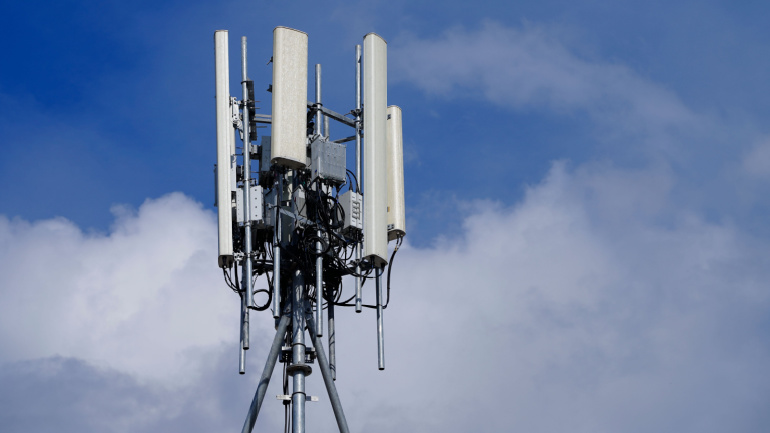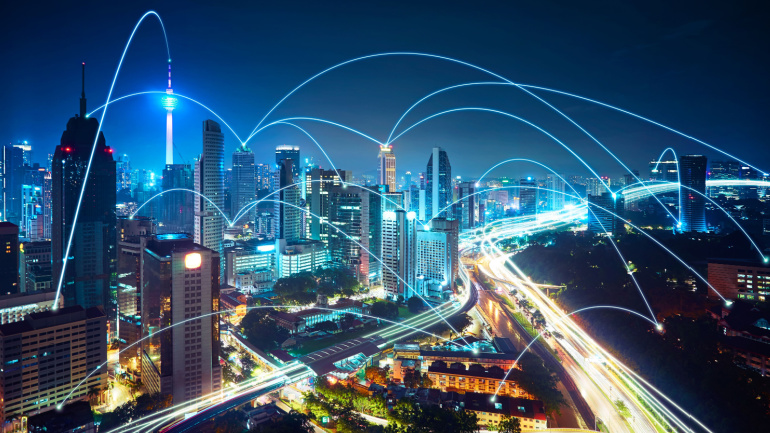The potential partnership between HPE and Juniper is a strategic move that might redefine HPE’s journey towards high-growth solutions, specifically accentuating its high-margin networking business. The collaboration is timely as the demand for secure, unified tech solutions spirals due to AI and hybrid cloud businesses’ exponential growth. Leveraging on the strength of each company’s portfolio, the alliance aims to revolutionize networking for hybrid cloud and AI, potentially setting a new industry standard and bolstering innovation for enhanced user experiences.
In a significant move to bridge the digital divide, Colorado is investing $113 million from its Capital Projects Fund (CPF) in 27 broadband projects. These initiatives aim to connect nearly 19,000 homes and businesses, underscoring the state’s commitment to improving internet access.
Verizon has inked a new deal with the US Department of Defense (DoD) to install a 5G tower on Oahu, Hawaii. The $1 million project aims to address the longstanding issue of poor connectivity in the area surrounding the Army and Air Force Exchange Service’s (Exchange) HMR Express.
Unicon, a key player in Linux-based operating systems, is thrilled to announce the expansion of its strategic partnership with LG Electronics through the Unicon eLux Ready Program. This collaboration signifies a major leap forward, merging LG’s hardware proficiency with Unicon’s software prowess to deliver state-of-the-art solutions for cloud-enabled digital workspaces.
Exploring fresh avenues in cybersecurity alliances, Ukraine and Romania envision bolstering digital frontline with an impactful pact. The focus pivots around supercharging cybersecurity, enabling 5G technology, and rehabilitating Ukraine’s connectivity infrastructures in light of recent cyber breaches. Spearheading distinctive initiatives, the collaboration plans to fortify national networks, establish a cloud-based public e-service platform and popularize 5G technology across Ukraine.
Brookfield Asset Management’s proposed $2.5 billion acquisition of American Tower Corporation’s Indian operations could redefine the country’s telecom landscape. This strategic move, merging around 75,000 of ATC’s sites with Brookfield’s digital infrastructure, would create the world’s second-largest independent tower company. However, government approval remains a necessary stepping stone.
Ooredoo drives Qatar National Vision 2030 with a widespread fiber rollout, covering 99.9% of households, maintaining high service levels and introducing innovative technologies. Vodafone UK advocates for the implementation of 5G SA technology, citing its transformative impact on industries, such as renewable energy and agriculture. CableLabs has made strides in deploying 10G network in 2023, advancing DOCSIS 4.0 technology, issuing CPON architecture specifications, and accelerating FTTP adoption. Microsoft’s new Copilot key represents a groundbreaking addition to Windows keyboards, integrating AI seamlessly and signaling a significant shift after three decades.
Hyundai Motor and Kia are revolutionizing the amalgamation of mobility and living spaces by proposing the consolidation of home and car services. Assisting in this groundbreaking initiative is Samsung Electronics, providing the potential to transform our relationship between home and car via ‘Car-to-Home’ and ‘Home-to-Car’ services. This change promises remote control over various appliances through voice commands, as well as the ability to monitor and manipulate vehicle functions from home.
With the advent of 5G and Wi-Fi 6, cellular connectivity offers an enticing alternative to Wi-Fi, especially in enterprise set ups. These advances, along with new approaches to spectrum policy, have spurred the expansion of private cellular networks (PCNs), giving companies more control over their connectivity. A deeper analysis reveals that despite its accessibility, Wi-Fi faces challenges like signal interference and limited coverage, where private 5G networks, underscored by robust security and higher capacity, outperform.
In the narrative of AI revolution, the telecom sector often remains overshadowed. Juniper’s ‘Top 10 Telco Trends 2024’, highlights how AI dominates even in this crossroads digital landscape. However, a critical question evolves – is our telecom infrastructure ready to steer the AI wave? As we plan to create AI-powered golden era, it’s imperative that our static infrastructures are fit for purpose to manage this data deluge.













